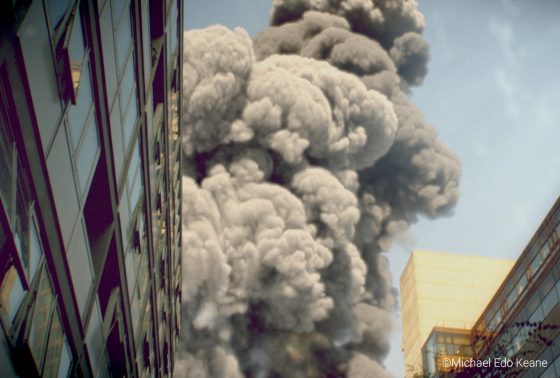Chaos Group adds a new set of tools to aid artists in the creation of realistic volumetric effects.
Chaos Group recently announced V-Ray 3.5 for Nuke, an update to its raytracing renderer used to create simulations directly in Nuke video editing software suite.
Used in many recent major motion picture projects including Spectre and The Revenant, V-Ray for Nuke 3.5 brings new volumetric rendering support, as well as deep compositing workflows that gives the package additional flexibility for film or TV productions.
Other new features includes the V-Ray Volume Grid node, providing the ability to import and render fire, smoke, or other fluid simulations as OpenVDB files. This allows artists more direct control over aspects such as lighting and the final look of the volumetric effects.

Deep compositing and rendering capabilities have also been improved, allowing for the generation of deep data directly within Nuke, reducing loading times and saving on disk space (a precious commodity in video editing).
William Bartlett, executive creative director of Oxford-based visual effects company Framestore claims, “V-Ray for NUKE has expanded what I can do as a creative director (…) we’ve started applying it to more projects as it provides greater control over lighting, shadows and atmospheric effects.”
V-Ray 3.5 for Nuke is compatible with most industry-standard volume formats, including OpenVDB, Field3D, and Phoenix FD. Among the features and improvements already mentioned, the 3.5 update also provides improved deep rendering, an automatic V-Ray denoiser, the ‘Adaptive Lights’ global illumination tool, and more.
V-Ray 3.5 for NUKE is available as a free update for owners of V-Ray 3.0 (or later), and full licenses are available from select resellers.





